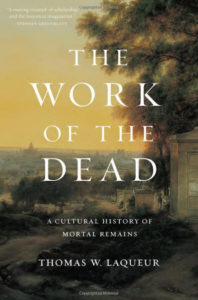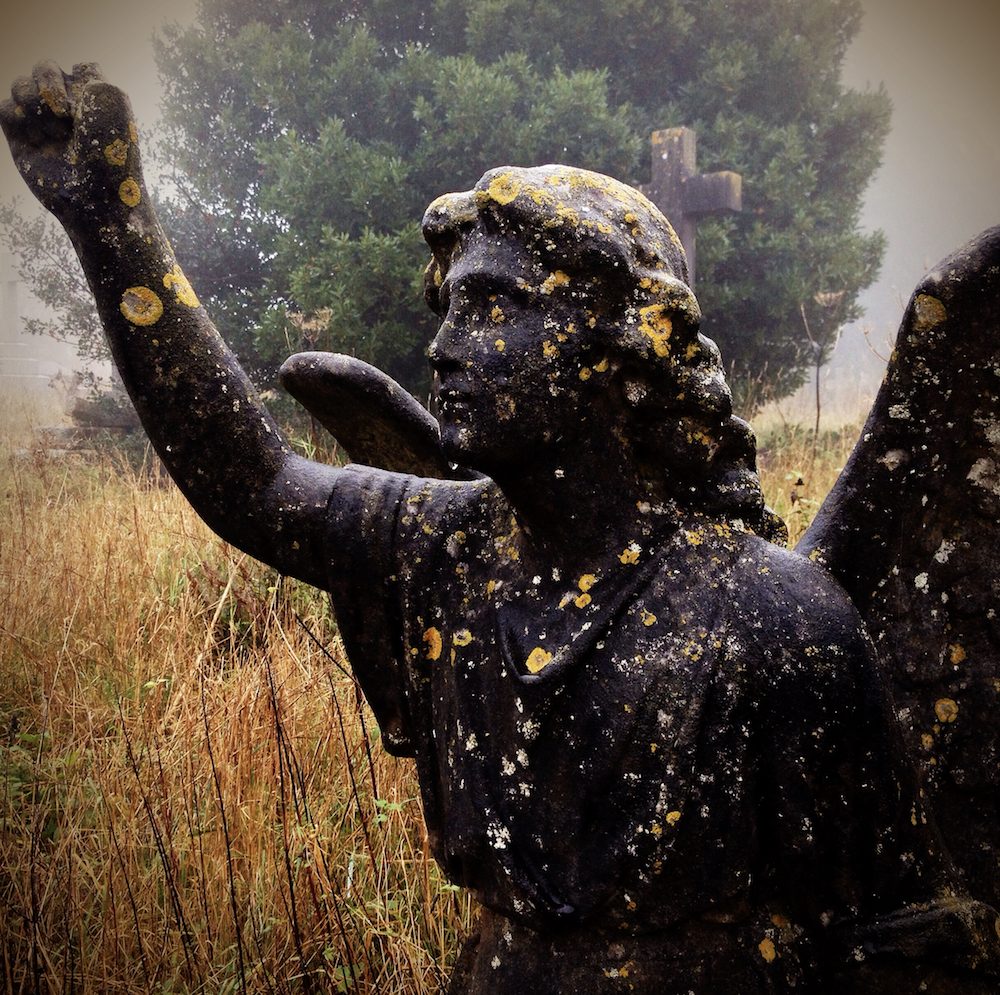This programme features an interview with Berkeley cultural historian Thomas Laqueur. We spoke recently about his latest book, The Work of the Dead: A Cultural History of Mortal Remains, a book Lynn Hunt called ‘nothing short of a magnum opus’.
 The ‘Diogenes question’ is at the heart of Laqueur’s 700pp inquiry into the work of the dead, it’s the provocation that sets the whole thing in motion: almost two and a half thousand years ago, the Greek philosopher instructed his students to toss his body over a wall when he died, to be devoured by beasts. ‘How am I injured by being torn by those animals, he asked, if I have no sensation?’
The ‘Diogenes question’ is at the heart of Laqueur’s 700pp inquiry into the work of the dead, it’s the provocation that sets the whole thing in motion: almost two and a half thousand years ago, the Greek philosopher instructed his students to toss his body over a wall when he died, to be devoured by beasts. ‘How am I injured by being torn by those animals, he asked, if I have no sensation?’

And yet, we feel strongly that there is something profoundly wrong with this attitude and that feeling is not the preserve of any particular time, culture or religion. It dates back even longer ago than Diogenes: we know that (at least some) Neanderthals buried their dead. In answering Diogenes, Laqueur writes, ‘we explain to ourselves why a corpse remains within culture, bears the mark of life, and cannot be thrown away as carrion’.
The ways in which this has happened are the subject of his book.
Near the start of the book, Laqueur quotes C20th German philosopher Hans-Georg Gadamer. The burial of the dead, Gadamer wrote:
is perhaps the fundamental phenomenon of becoming human. Burial does not refer to the rapid hiding of the dead, a swift clearing away of the shocking impression made by one suddenly stuck fast in a leaden and lasting sleep. On the contrary, by a remarkable expenditure of human labour and sacrifice there is sought an abiding with the dead, indeed a holding fast of the dead among the living.’
Laqueur’s book is about that expenditure of human labour, that abiding with the dead – and the work the dead do on our behalf, the order and meaning they help maintain for the living.
